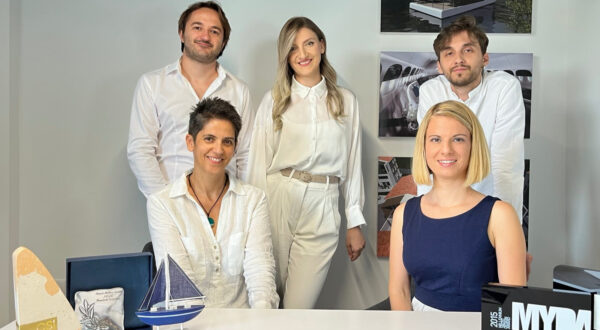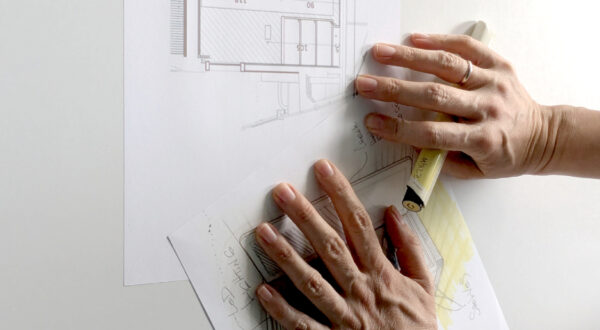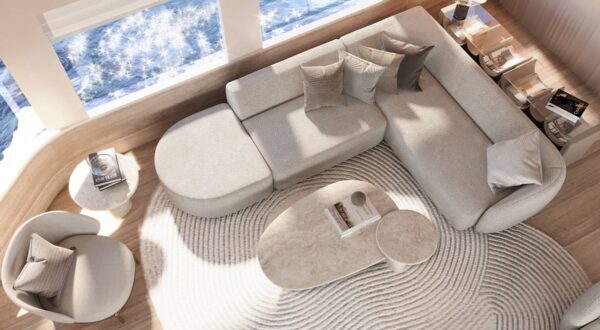Last month, our director Svetlana Mojić Džakula wrote a professional article that was published in the new international magazine on design and travel called DESTIG. As we promised in our newsletter, we are publishing a complete translation of this text. You will find the original edition of this online magazine in our press section.
Blending the interior with its natural surroundings implies a type of design based on principles that boost the implementation of nature in architecture. To put it simply, these interiors are in harmony with the landscape. And it is not just for aesthetic reasons.
Medical research showed that the appropriate use of nature in interiors reduces stress, improves therapy outcomes, and supports pain management. This is exactly why this type of architectural design is being used for healthcare facilities. These benefits are also enhanced if the greenery is introduced into the interior, whether as a green wall or as simple ornaments. Of course, all of the above can be applied to residential interiors as well.
And how do we do that?
Connecting with the environment is fine, but it’s not a simple idea. The best examples of interiors designed in harmony with the landscape are usually seen in yacht design. Since this is the place where I am coming from, I will now share several words of wisdom about environment-friendly interiors. To make them work, a designer has to keep several things in mind.
First of all, the use of the right materials is crucial. When creating such designs, my team at the Salt & Water design studio relies on materials with a distinctive structure and colors. We also make sure to enhance their natural beauty and make them work with other elements of the interior, furniture, and technology equipment.
Another thing we also keep in mind when designing nature-inspired interiors is the room order. Setting a room on the right side of the world is very important, even if it completely takes you off from the original idea. For instance, the right thing to do would be to set up a living room in the south and a drawing room (or a home office) in the north. The reason for this is very simple, although it could be a bit challenging for developers in some cases. Yet, how and when the sun enters one room is significant if a client desires a nature-inspired design because the dynamics of space basically depend on this solution. In other words, like every architectural design, environment-friendly spaces should use the maximum of their genius loci (or the prevailing spirit of a place).

The nature-inspired interior should be a frame of its surroundings with a clear intent to become a part of it. The identity of such interiors is based on the details and innovative features.
The same applies to the exterior which should be simple and aligned with the general theme. The big glass surfaces are dominant in such design, as they help the interior blend with the environment. When working on these projects, my team usually uses sliding windows and sliding glass doors, which are easy to control and maintain. When opened, these elements provide the illusion of the literal interweaving of nature and the indoor world.
To see how the idea of big glass surfaces works in the completed design, just look at the catamaran apartment my team designed a while ago. This design gained a lot of attention and we are positive a lot of it comes from the fact that not only this object is eco-friendly, but it also has a unique connection with nature around. Although this object was designed particularly for water, a number of interested buyers asked us if it is possible to move it on the ground. Naturally, I loved the idea.
Another focal point is the weather conditions of the region. The materials used in creating such projects have to be UV-resistant and damp-proof. They should also be covered with at least one layer of suitable sun protection.

In the past few years, I used my vast experience as a yacht designer to create challenging interiors that resonate with the surroundings in a similar way. Moving these ideas on the ground was no surprise. Since I love designing small naval objects, designing a tiny foldable house ready to fit into any landscape was a logical step forward. The house is mostly made of natural materials, such as wood. Its specific layout provides users with much-needed privacy, relaxation in the natural environment, as well as complete safety. Just like every design should.
Only when all the above criteria are met, we can label a design as environment-friendly. This kind of design is the one that directly affects the quality of life.
Svetlana Mojić Džakula







